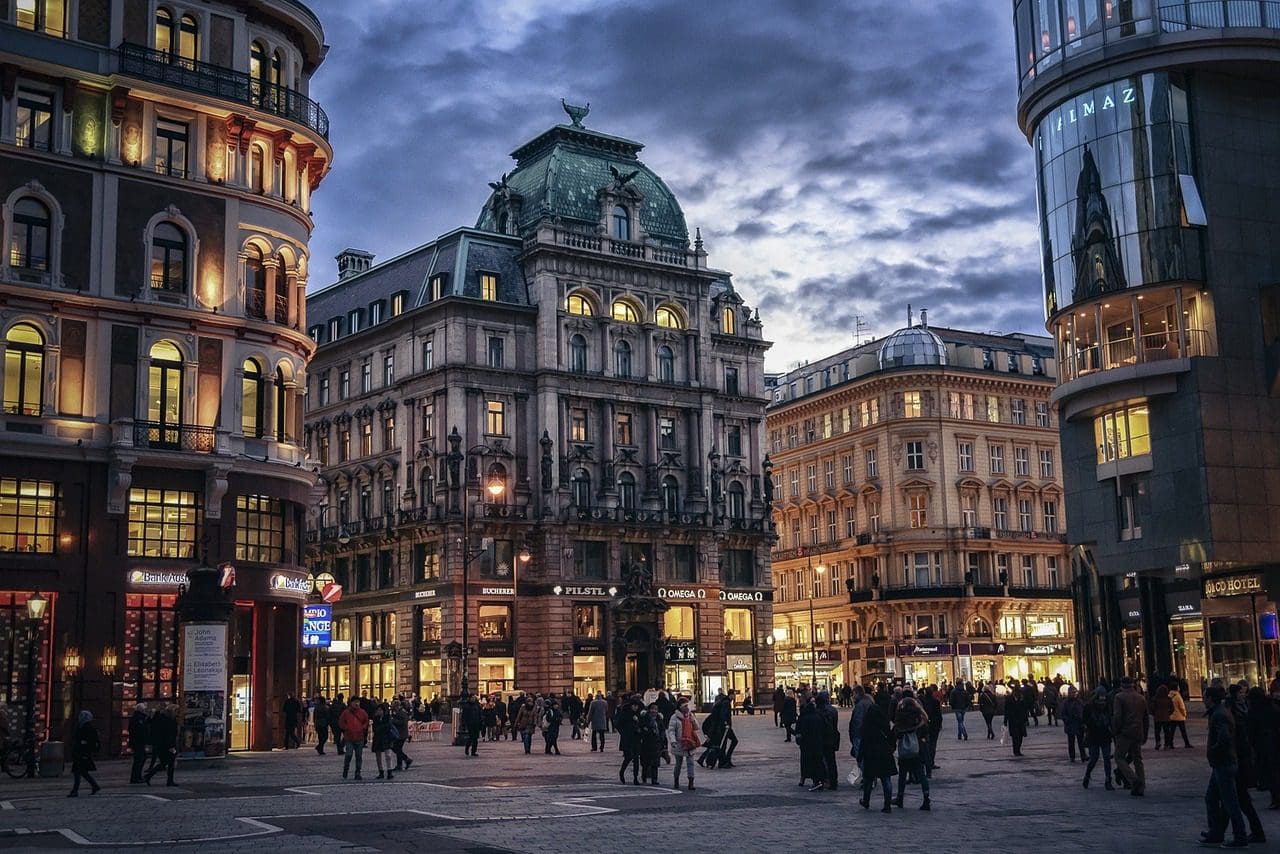 Vienna, Austria is full of rich cultural offerings and customs, many dating from the time of the powerful Hapsburg empire. It has old-world ambiance with a sophisticated vibe and a wealth of musical traditions that shape Vienna’s modern society.
Vienna, Austria is full of rich cultural offerings and customs, many dating from the time of the powerful Hapsburg empire. It has old-world ambiance with a sophisticated vibe and a wealth of musical traditions that shape Vienna’s modern society.
There is so much to see and do in the ancient city and its surrounding foothills that you could happily spend a week or longer there. For a first time sampler, three days in Vienna is enough time to see many of the major sites and still enjoy some slow-paced time in a coffee house or Fiaker (horse-drawn carriage).
How to Get Around in Vienna
Vienna is a safe, clean city with an excellent public transportation system. Use it or walk to the many museums, parks, and restaurants that make Vienna so delightful. Most of the sights you’ll want to take in lie within the ancient streets of the heart of the city, a one-square-mile area known as the Innere Stadr (inner city). The inner city is encircled by the Ring, or Ringstrasse, a broad and grand curving boulevard. Travel Maestro tip: Get the Vienna City Card that offers discounts to over 210 museums, restaurants, and shops for 24-, 48- or 72-hours. The Red Card includes public transportation and the White Card includes hop on/hop off tour and a guided city walk (no public transportation).
The Imperial Palace
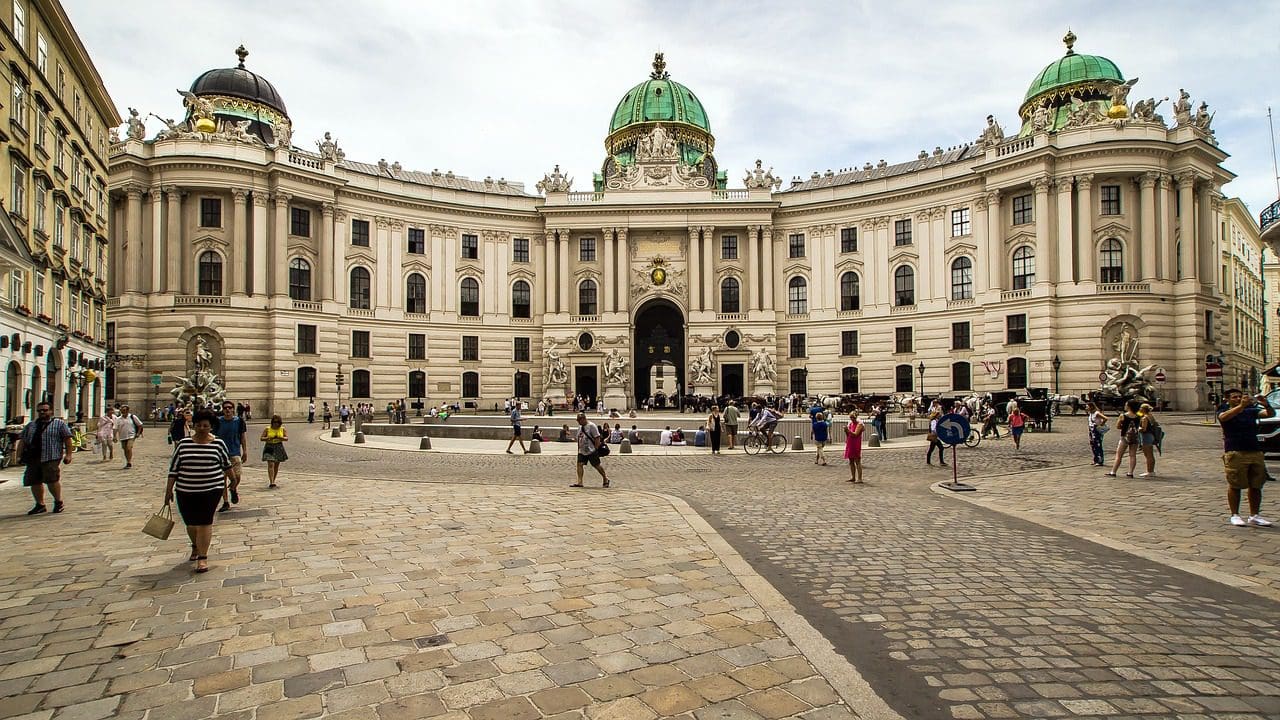
You’ll want to start your Vienna exploration with a half-day at the Hofburg Palace. It’s a massive complex that was once the city residence of the Hapsburg family who ruled from 1278 until just after World War I. In addition to the Imperial Apartments, parks and museums, the grounds contain the Burgkapelle (castle chapel) where the Vienna Boys Choir sings, the Schatzkammer (treasury) where the Hapsburg crown jewels are displayed, and the 650-year-old Austrian National Library. The world-famous Lipizzaner horses are stabled there as well. Travel Maestro tip: Don’t miss the hugely popular training sessions at the Winterreitschule (Spanish Riding School) from 10 am – 12 pm daily, except Monday.
Coffee Houses
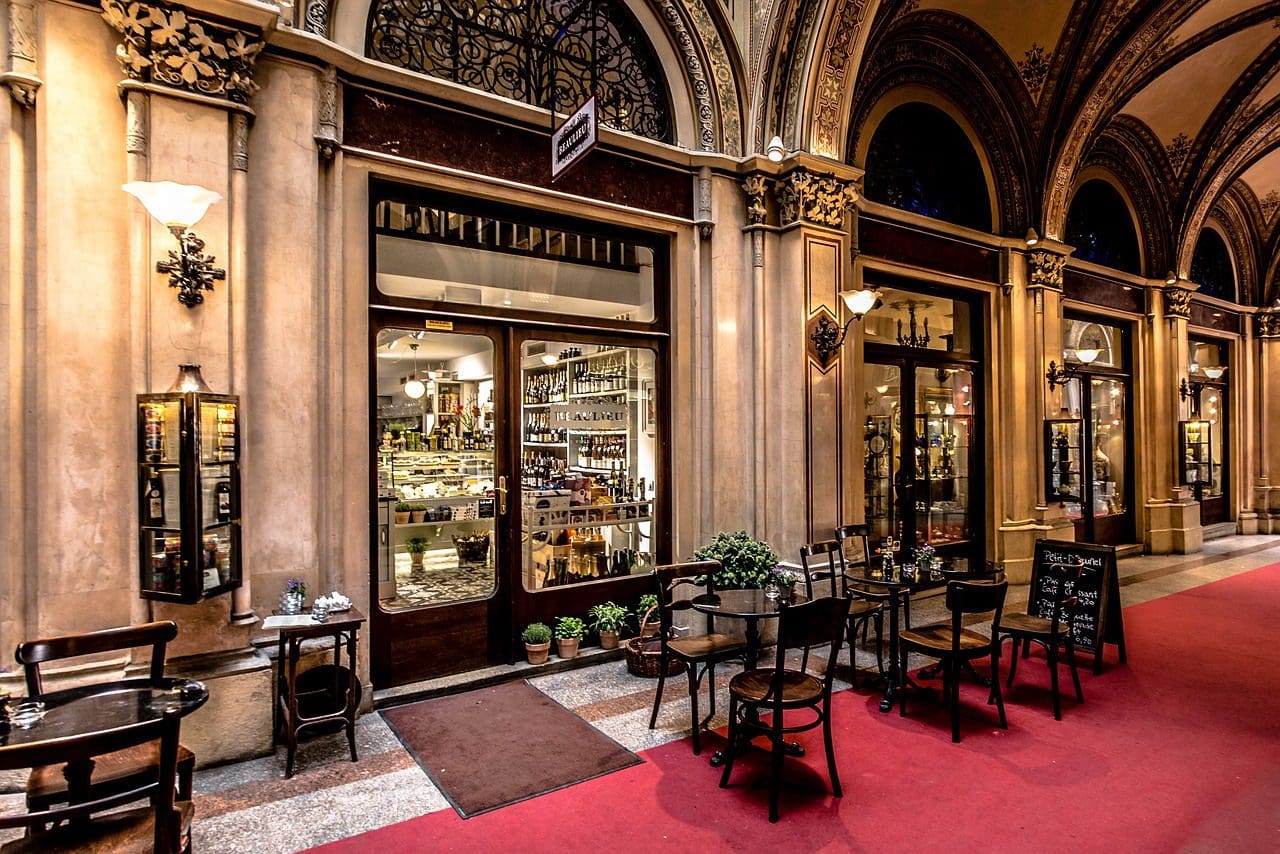
After Imperial Hofburg, you’ll be ready to relax and grab a bite at one of Vienna’s famed coffee houses. The Viennese invented the café society and they continue to perfect the art of sophisticated relaxation. You won’t have any trouble finding one since there are about 2,700 in the city! Travel Maestro tip: Café Frauenhuber is one of Vienna’s oldest coffee houses (1824). Both Mozart and Beethoven performed there.
St. Stephens Cathedral
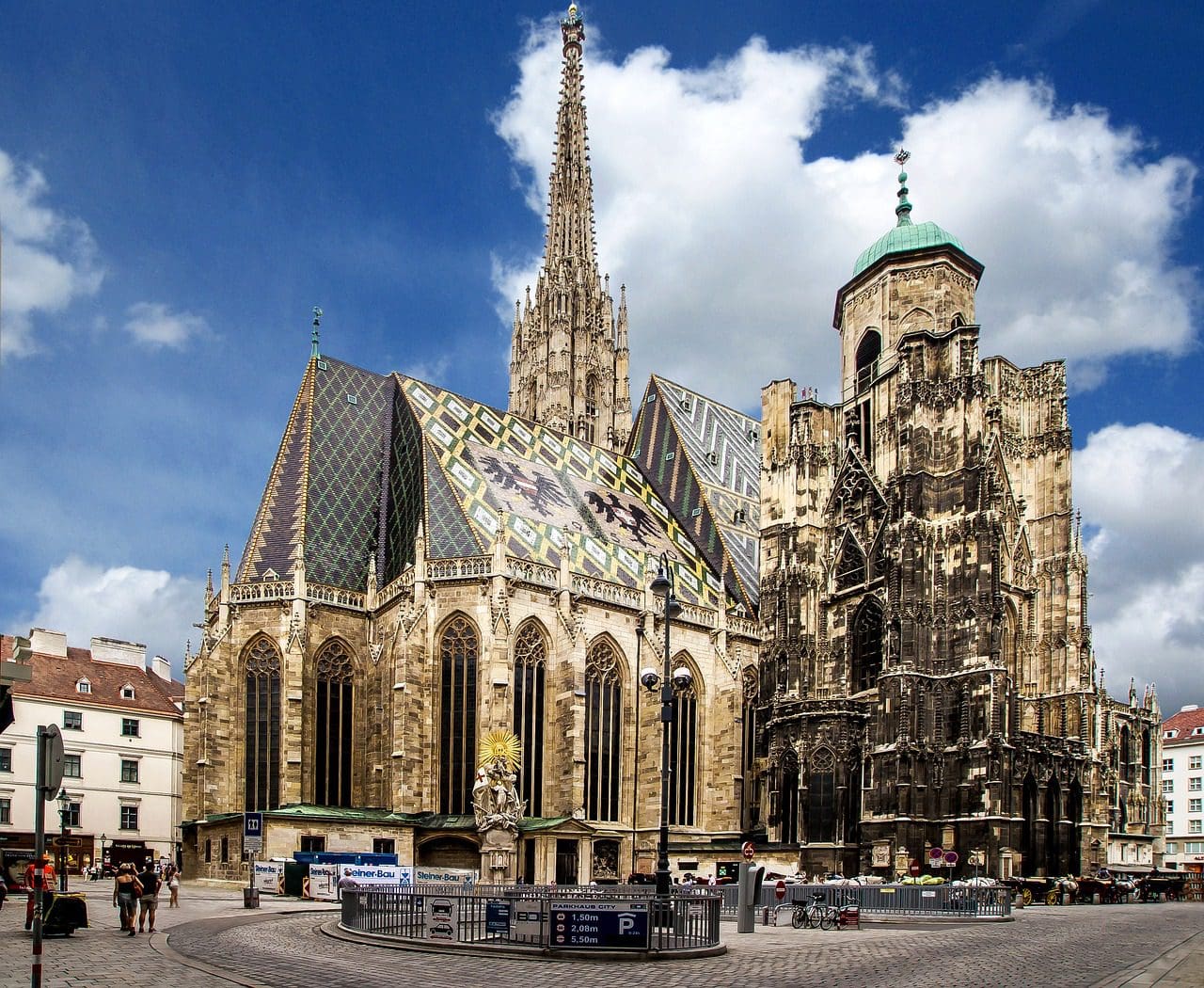
The imposing Stephansdom (St. Stephen’s Cathedral) has been a symbol of Vienna for more than 800 years. It is the most visited attraction in the city and its south tower serves as the city’s most famous landmark. Inside the church, you’ll find the Gothic pulpit from 1515 and the Wiener Neustadter Altar, a wooden carved masterpiece from 1447. Below the cathedral are the Katakomben (catacombs) where the Hapsburg family members were buried. Travel Maestro tip: Take an elevator or stairs to the observation deck at the top of the north tower for a dazzling view of Vienna.
A Wealth of Museums
Be sure to visit one or more of Vienna’s more than 100 amazing museums. The Kunsthistorisches Museum Wein is Vienna’s national gallery of art and one of the world’s great art museums. Travel Maestro tip: Don’t miss the collection of old musical instruments.
Next door is the very popular MuseumsQuartier, a remarkable and extremely popular cultural complex of museums, galleries, restaurants, and cafés. Travel Maestro tip: Seeing the baroque architecture of the former court stables blended with modern design is worth the visit alone.
Schonbrunn Palace
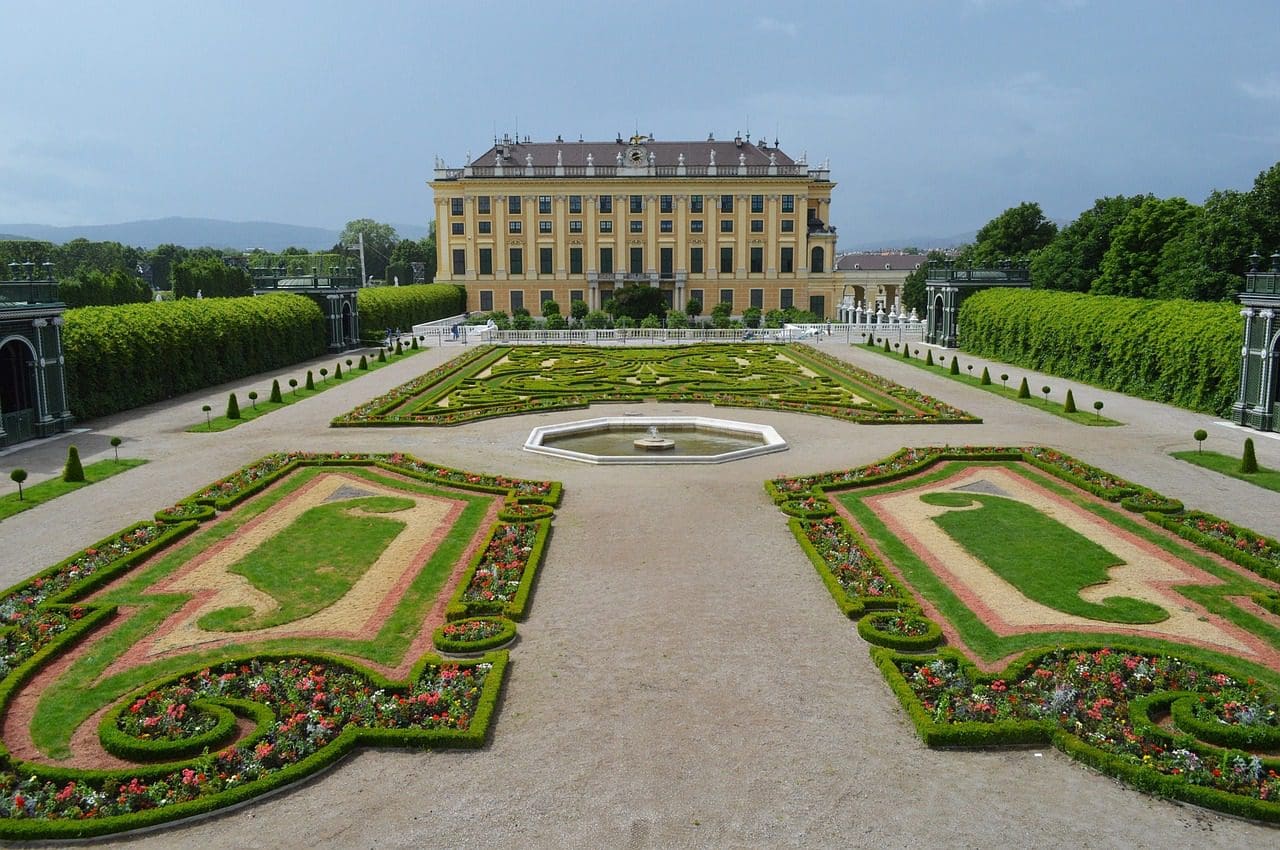
Beyond the city center and outside the Ring, the Schonbrunn Palace is a cultural monument. Once the summer home of the Hapsburg emperors, it has more than 1,400 opulent rooms which you can tour. The park and gardens are spectacular and a collection of imperial carriages is fascinating. On the grounds, attend summer music concerts in the Schlosstheater and visit the Tiergarten, one of the world’s oldest zoos. Travel Maestro tip: The Orangerie was the setting for the musical duel in 1791 between Mozart and Salieri that was dramatized in Amadeus.
Naschmarkt
Foodies and people watchers will love visiting the largest open-air market in Vienna where spices, produce, fish, flowers, wine, and even clothing are sold. You can sit in a champagne bar and sip bubbly as you watch the market dealings. Travel Maestro tip: Other Vienna shopping specialties found throughout the city include handcrafted glassware, porcelain, and petit-point embroidery, along with the famous Sacher torte.
Muskiverein
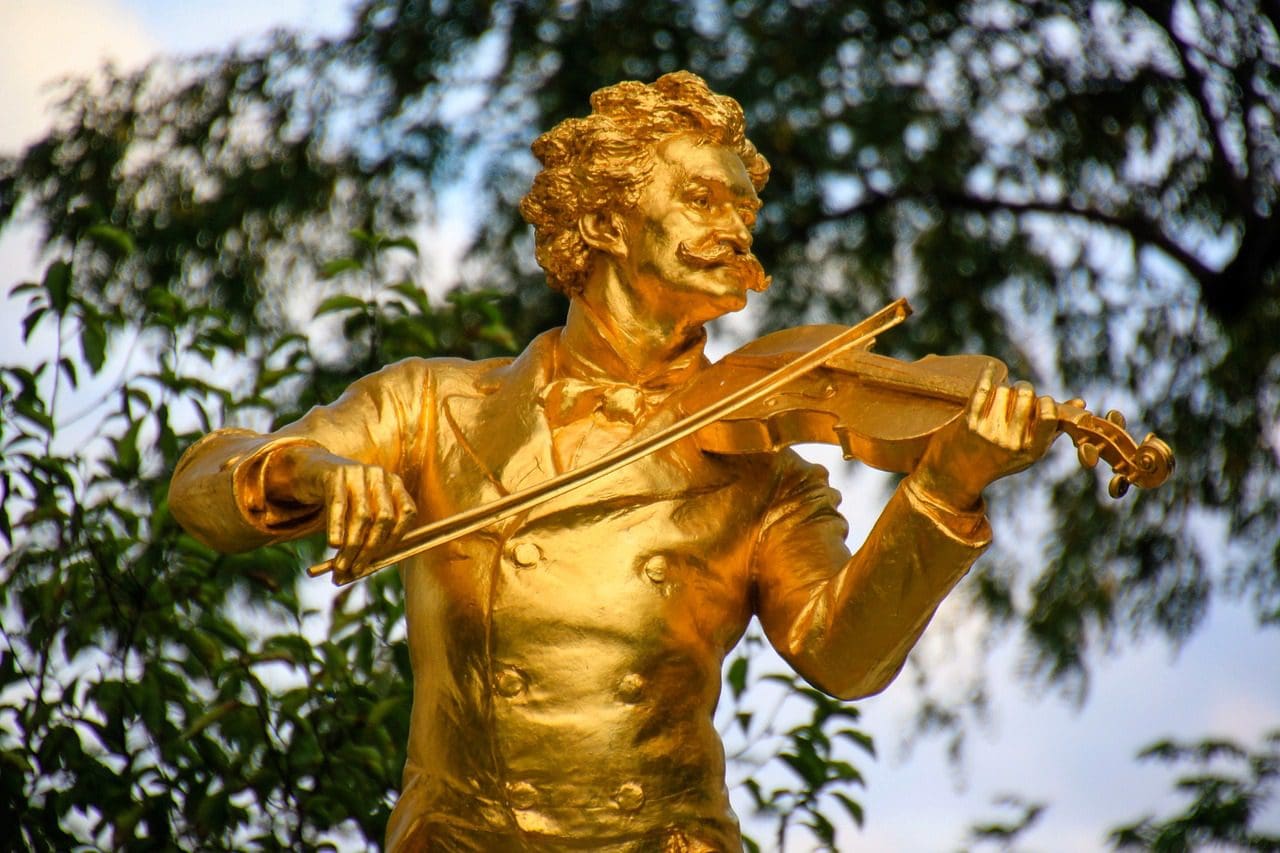
This magnificent building located on Vienna’s Ringstrasse draws thousands of music lovers to nightly performances in its four opera houses, numerous concert halls, and open-air venues. Guided tours of the building and its beautiful concert halls are available. In addition to a full schedule of guest performances, the Vienna Philharmonic makes its home there (tickets normally sell out months in advance), and the Vienna Boys Choir performs there every Friday at 4:00 pm (May – October). Travel Maestro tip: Do dress up for the opera and concerts in Vienna. Some restaurants and bars require jacket’s and ties for men but may rent them to guests.
Prater Amusement Park
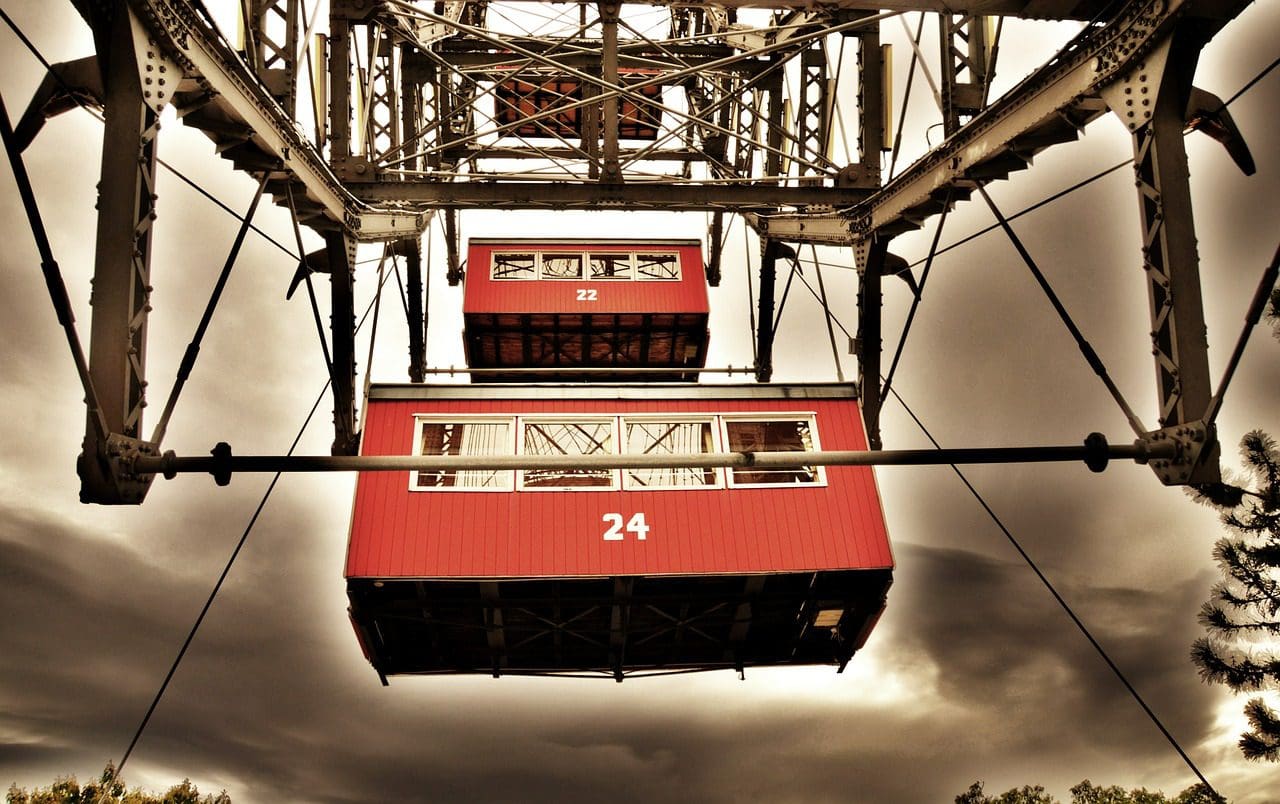
The Wiener Volksprater, known as the Prater, is a huge parkland that was once a hunting reserve for the aristocracy. Part of it remains a large green area with well-marked trails for cycling and walking. The other part is an amusement park with rides, wine taverns, and restaurants. The most famous attraction here is the Riesenrad, the 100+-year-old giant Ferris wheel. The park is open 24 hours an has free admission. Individual attractions’ hours and price vary but you can pay at each ride. Travel Maestro tip: You can rent an entire wagon on the Ferris wheel for a private candlelight dinner!
The Danube
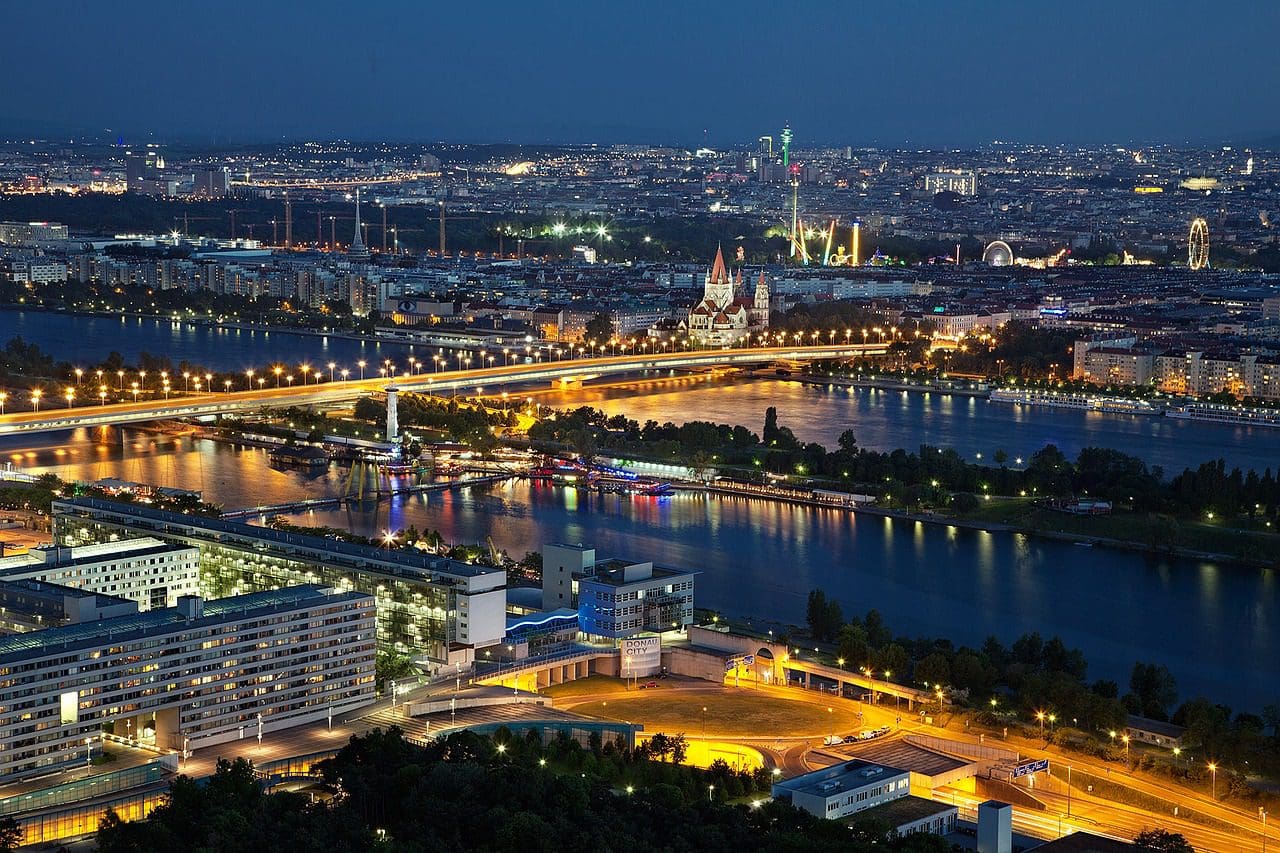
One of the world’s most romanticized rivers and the second longest in Europe flows through Vienna. The city actually has three Danubes: Alte Donau, or Old Danube, a lake for rowing and sailing; Neue Donau, the new, straightened-out channel for barge traffic; and the Donaukanal, a tributary which runs through the center of the old town. Danube Island is a 30-mile manmade island built to regulate the river. It’s a large recreational area with flower beds, a lake, and a large theater. Travel Maestro tip: For a panoramic view of the entirety of Vienna, go to the top of the Donauturm, an 827-foot tower with two restaurants at the top.
Vienna is truly one of the grand cities of Europe. For assistance in arranging your own exploration of this charming city, contact the Europe vacation experts at Covington soon.







Leave a Reply